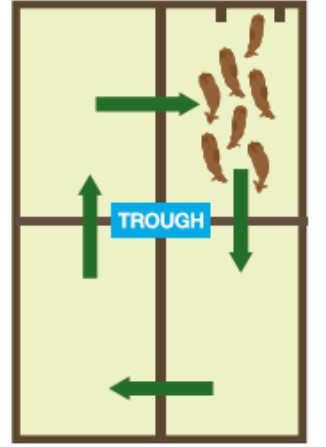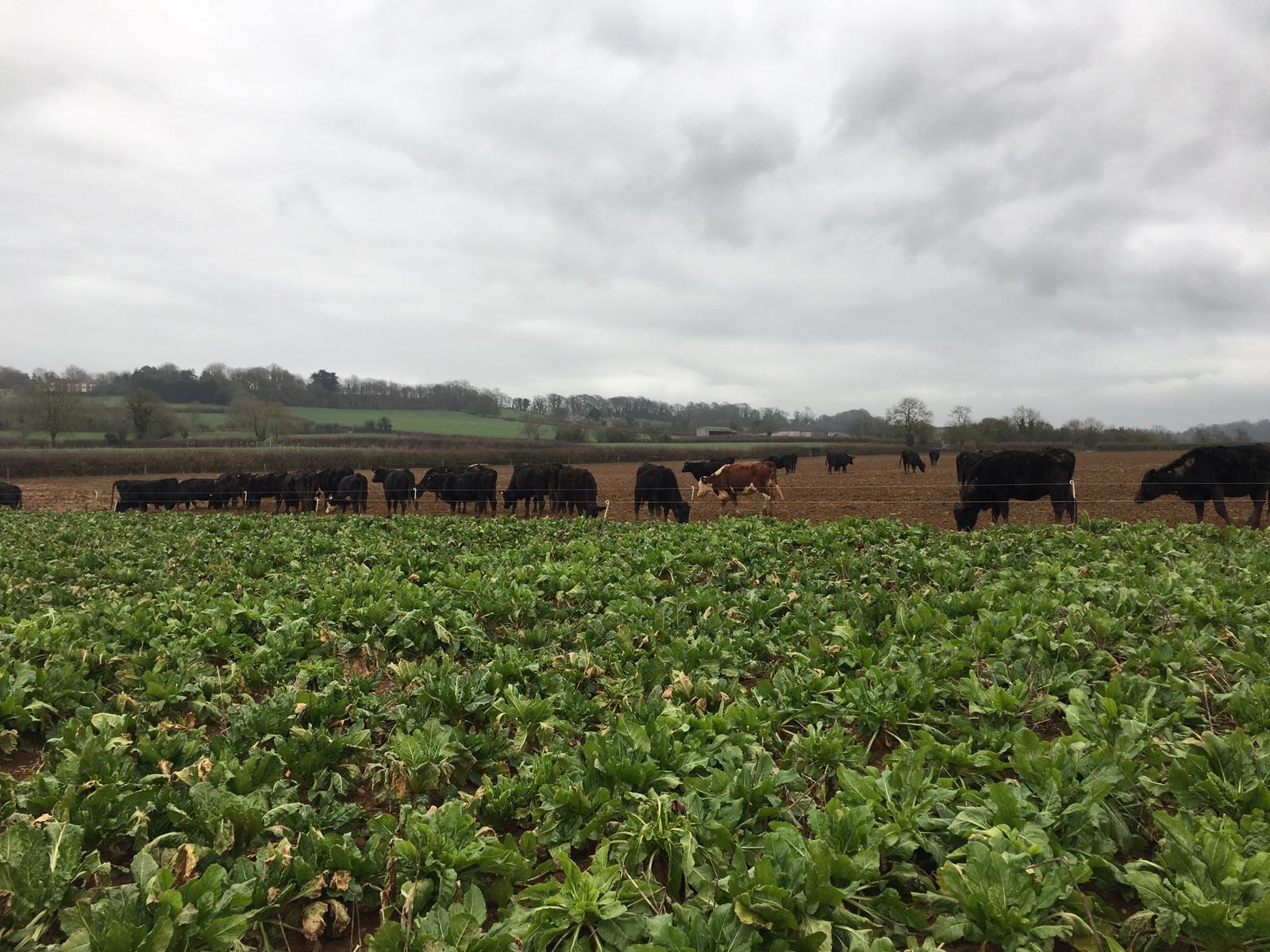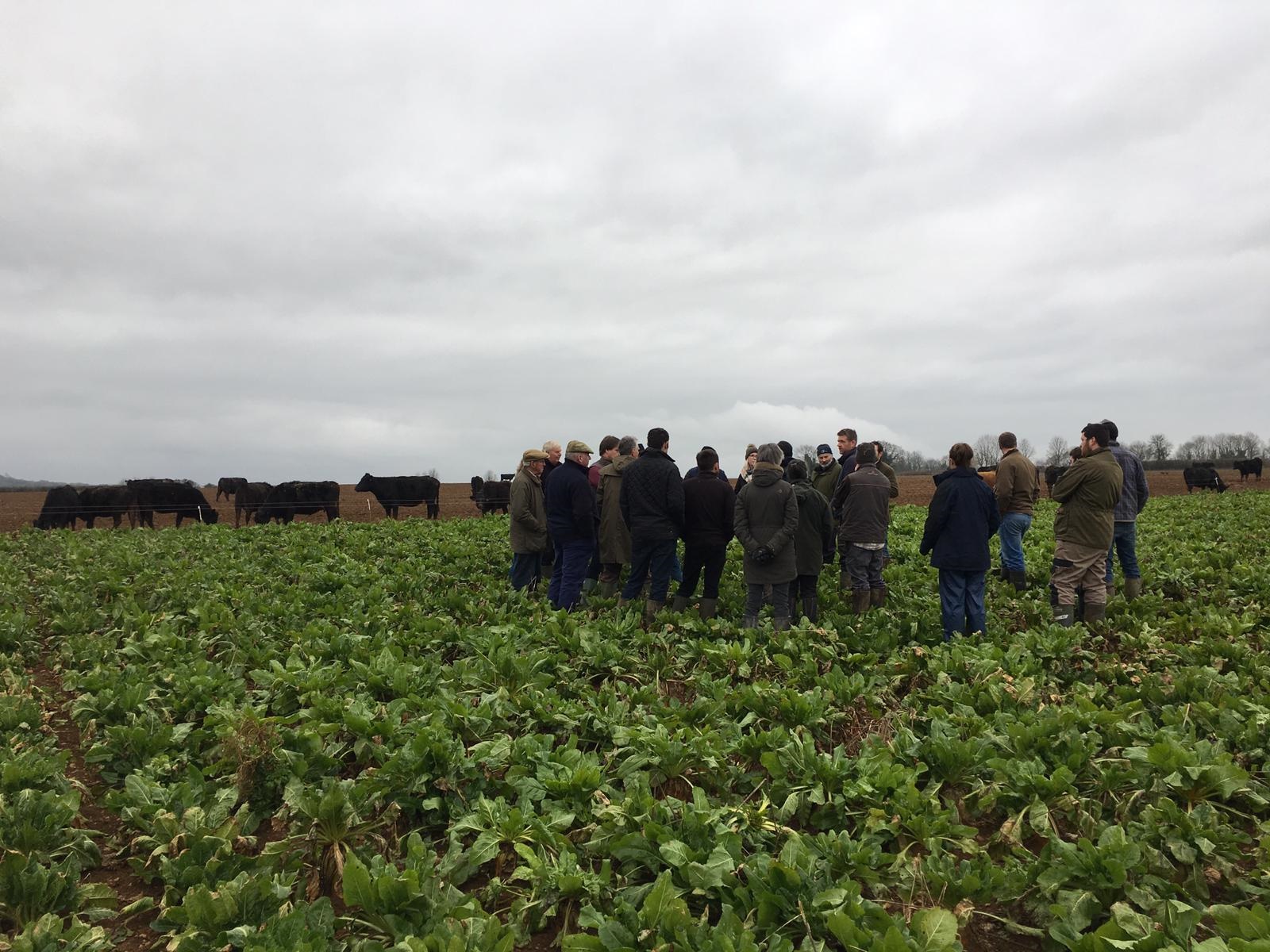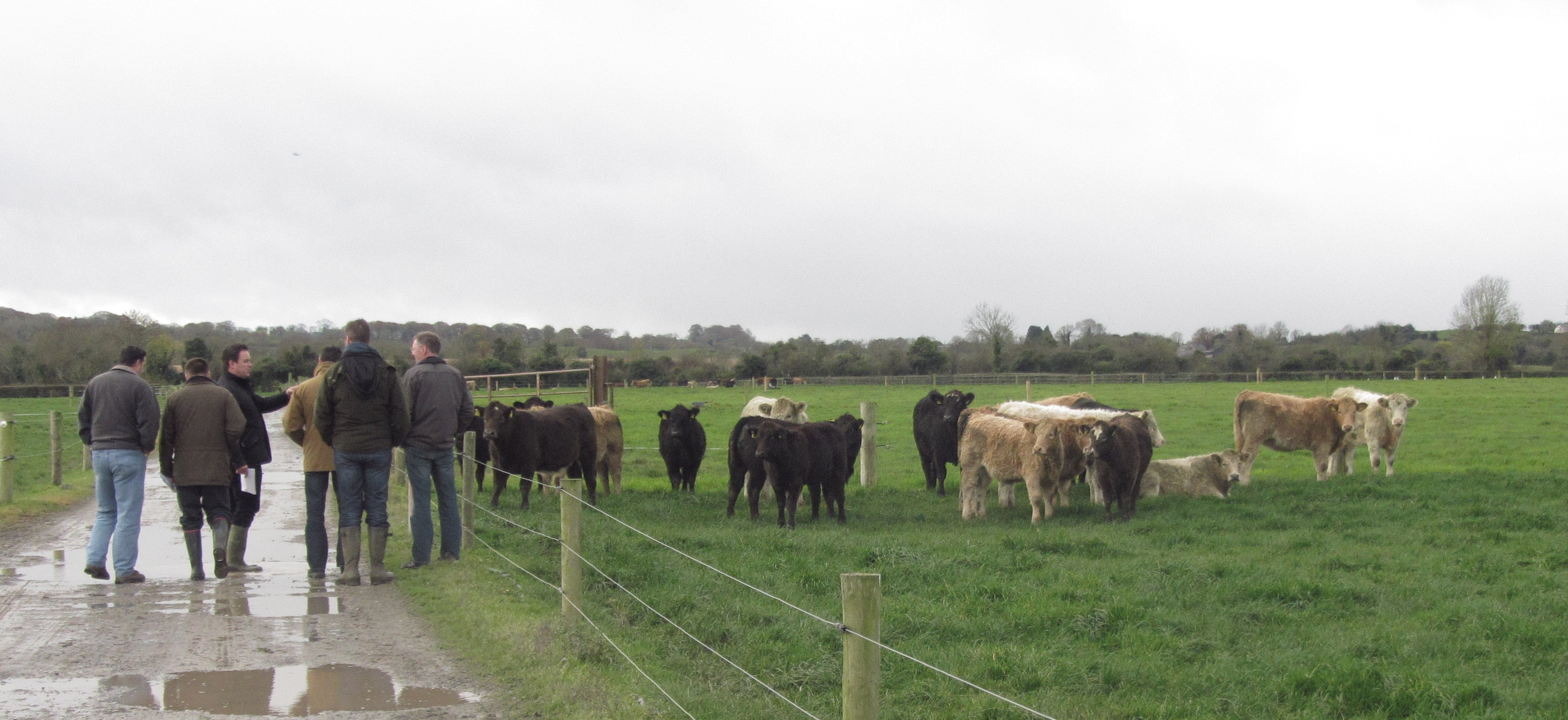- Home
- Knowledge library
- Rotational grazing systems for cattle
Rotational grazing systems for cattle
Welcome to the rotational grazing systems series for beef farmers. The series covers grass growth and nutrient requirements, methods of measuring grass and creating a grazing plan.
A rotational grazing system is essential for efficient grass-based beef production. There is significant scope for more farms to exploit its benefits.
How rotational grazing works
Rotational grazing works on the basic principle of ‘graze and rest’, so once a paddock is grazed, it is allowed to undergo a rest period to rejuvenate the leaves for the next grazing. This leads to higher yield, with research suggesting around 20% more grass is grown in a rotational grazing system. This, combined with the correct allocation of grass to stock class, results in more grass being utilised, which means more grass to convert into beef.

Aims of rotational grazing:
- Greater control over grass production which makes grass budgeting easier
- Improved grass quality
- Higher animal performance per hectare
- Extended grazing period as grass can be allocated better (housing period reduced)
You need to focus on soil quality and management, especially relating to nutrients in the soil, as this system can make more demands through higher stocking rates and grass growth rates.
Rotational grazing relies on an investment in infrastructure, such as a mixture of permanent and temporary fencing, and water supplies. Labour inputs need to be allocated to different jobs, e.g. measuring grass, training stock to fences or moving fencing rather than generally checking stock.
Benefits of rotational grazing
The grazing period is extended, resulting in lower feed costs.
There is potentially a £1.25 per day saving on cattle being at grass rather than being housed
|
|
Housed |
At grass |
Saving |
|
15 kg/day of dry matter* |
£1.80 |
£0.90 |
£0.90 |
|
Straw bedding |
£0.15 |
£0.00 |
£0.15 |
|
Machinery use |
£0.10 |
£0.00 |
£0.10 |
|
Total |
£2.05 |
£0.90 |
£1.25 |
*Cost based on 12p/kg DM silage and 6p/kg DM for grass
An extended grazing period of 30 days is worth £3725 per year: 100 housed cows @ £1.25 for 30 days = £3725 saving
Case study : Matt House - Increasing the amount of grazed forage
Find out how Matt dealt with the challenges of outwintering his cattle
One of the biggest costs incurred by beef farmers is the winter housing period. Costs for housing one cow over winter can be as much as £252 per month but will vary between systems. This does not include the cost of storing, hauling and spreading manure or the infrastructure required to store winter feed.
Matt House, one of the farmers involved in our Beef from Grass project, began outwintering his suckler cows in 2015. Working with his mentor, Catherine Pickford, Matt selected a suitable field with free-draining soil for outwintering his 71-head suckler herd.
At the time, the field was part of the arable rotation and, therefore, establishment of the forage crop was delayed by harvest. Working with his mentor and consultant, Matt decided to sow stubble turnips because they were quick to establish. Forty-five acres of stubble turnips were grown, with a predicted yield of 2–3 t DM/ha. Hay and silage bales were used to fill any shortfall in feed requirements. 
The system worked well, with cattle maintaining their body condition. The cows re-joined the grazing platform in mid-March, where they later calved.

The following year, the suckler herd was outwintered again, but this time on deferred Italian ryegrass.
The weather was challenging and grass growth on the grazing platform was slower than hoped. Therefore, animals were housed before they calved. Matt calculated this cost him an additional 40 bales of straw and 20 bales of hay. However, by ensuring he had a contingency plan, cows retained their body condition and calved successfully.
Case study : Charlie Morgan - Benefits of joining a grazing discussion group
Charlie gives us an insight into the benefits of joining a grazing discussion group.
 Discussion groups are a great way for farmers to learn from their peers about how they can improve their grassland management. Each grazing group consists of around 15 members in a locality who wish to improve their performance and are willing to share both positive and negative experiences.
Discussion groups are a great way for farmers to learn from their peers about how they can improve their grassland management. Each grazing group consists of around 15 members in a locality who wish to improve their performance and are willing to share both positive and negative experiences.
Members take ownership of the group by contributing financially to its running and the information generated is private and specific to them. Grazing groups typically meet 3–4 times per year, with each member hosting a visit in turn to their unit. Typically, the host provides the group with one example of successful progression and two examples of issues which they hope to resolve by consulting with the group.
The huge wealth of knowledge and experience within a small group of farmers can promote positive thinking around making changes to the farm business. Members are revisited to measure and assess progress, with group pressure motivating members to carry out the advice given at previous meetings. This process gains momentum over time, accelerates motivation and learning and develops hunger for knowledge. It is heartening to witness the willingness of original members of the group to help new members and exciting to see the changes achieved in both the farm businesses and the outlook and character of the members.
Topics:
Sectors:
Tags:



